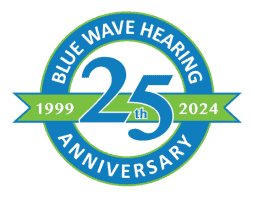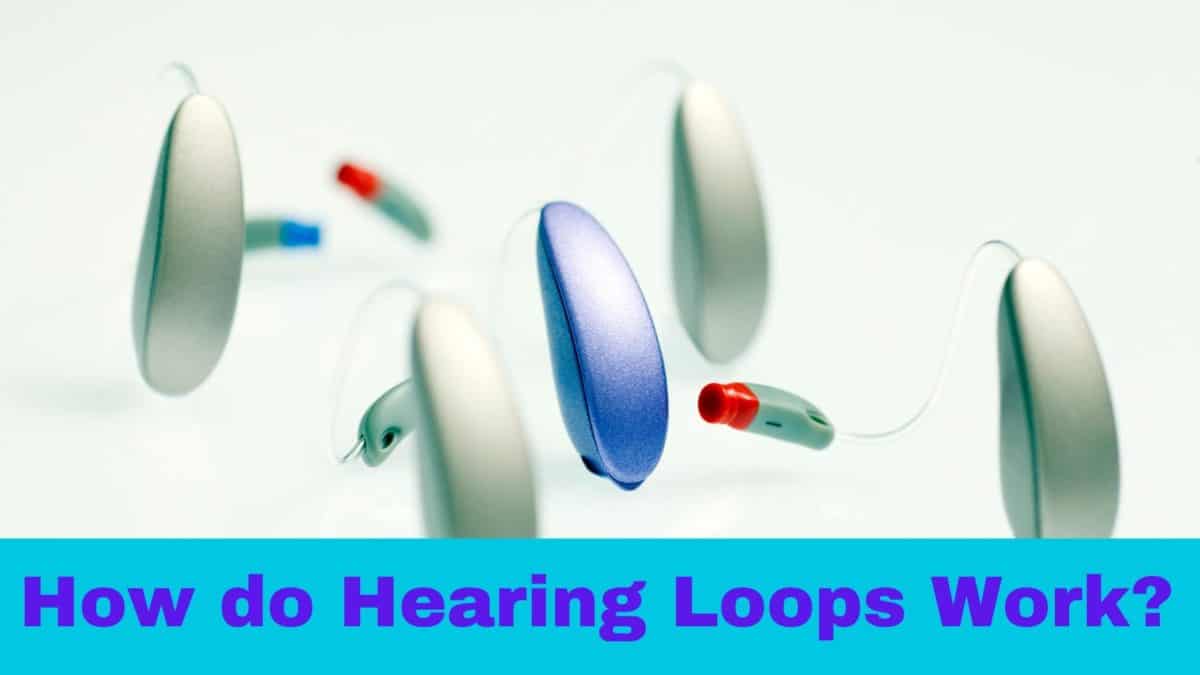- How Smoking Can Harm Your Ears - March 11, 2025
- Succeeding in the Workplace with Hearing Aids - February 10, 2025
- Welcoming the New Year with Better Hearing - January 2, 2025
Loop systems are among the most popular and helpful assistive listening devices (ALDs) in use today. While hearing aids are turning more and more toward Bluetooth for connectivity, loop systems will likely still be in use for a long time to come. They are relatively easy to install, extremely reliable, and very easy to connect to a set of T-coil-enabled hearing aids.
Let’s talk a little bit about how loop systems work to improve the listening situation for hearing aid wearers in all kinds of environments.
T-Coil (Telecoil)
In order to connect directly to a loop system, hearing aids need to be equipped with telecoils, or “T-coils.” These were originally designed to help hearing aid wearers with listening on the telephone. The idea was simple: Instead of the telephone’s speaker producing sound in the air—which would then be picked up by the hearing aid’s microphone—the T-coil would pick up the magnetic activity of the coil inside the telephone’s speaker. This would mean the sound would not need to be converted into mechanical sound energy, then back to electricity. It would stay in the electrical realm until the hearing aid’s speaker reproduced it.
By eliminating this extra stage of transduction—the process of converting energy from one form into another—it was found that hearing aid wearers could hear the telephone more clearly and easily. It made listening to the telephone less of a game of, well, telephone!
Engineers realized quickly that the T-coil would not be limited to use with the telephone. T-coils, by picking up electromagnetic activity, can work with any magnetic system. And that’s exactly what a loop system is.
Loop System Basics
In essence, a loop system is a loop of magnetized wire connected to an amplifier. The system can be created using a typical stereo receiver, though professional installers usually use specialized amplifiers. Both ends of the loop are plugged into a speaker output on the amplifier. The wattage of the amplifier required will vary slightly depending on the size of the space, but a 200-watt amplifier with an 8-ohm wire is typical. The loop must run around the perimeter of whatever space the system is meant to cover, and will deliver audio to any hearing aids inside the perimeter that have their T-coils activated.
Where Are Loop Systems Used?
Loop systems can be used just about anywhere where a more direct sound signal is helpful. When we reduce the distance between our hearing aids and a sound source, we’re able to hear it much more clearly. A loop system allows us to do that electronically, rather than physically. We can sit at the back of a lecture hall, for example, and hear a presenter directly from their microphone, as though we were standing right next to them.
Because loop systems have such a powerful effect on improving the sound for hearing aid wearers, you will find them in many public spaces. Museums, houses of worship, movie theaters, live-action theaters, orchestra halls, and more may incorporate loop systems. This means it often makes sense to have T-coils in your hearing aids, even if you don’t plan to install any loop systems yourself.
Some wearers appreciate the sound and reliability of loop systems so much that they do install them. It may make sense to install loop systems in different rooms in the house where you spend a lot of time listening to the radio or watching TV, or even in your car.
While Bluetooth is a good way to transmit audio in these environments, sometimes the reliability of a digital connection can be spotty. A loop system uses purely analog technology, meaning that if you are nearly out of range, you won’t experience a dropout or a bunch of garbled sounds, you’ll just hear the transmission get a little less clear.
Hearing aids are critically important for those of us with hearing issues. They help us to stay engaged in the world and to stay connected to friends and loved ones. They help keep our brains active and help keep us more physically active, as well. The problem is, our hearing aids sometimes can’t do enough to help us hear in the very environments where we need them most. With loop systems and T-coils, we can get the same benefits out of our hearing aids in public that we experience in close contact with one other person.
If you or a loved one is in need of hearing aids or ALDs, call today to get started on your path toward better hearing!


